
Is your house due for a foreclosure? Do you or a family member suffer from a present handicap or sickness that results in expensive medical bills? Have you lately lost your work as a result of your poor health? Is your divorce or separation putting an unnecessary strain on your finances? Is your overspending crippling you down?
Experiencing any of these financial problems can make you feel desperate and helpless. You may even be contemplating filing for bankruptcy.
Before taking any further steps, it would be helpful to know the basic facts on bankruptcy. What are the types of bankruptcies? Specifically, what type of bankruptcy is chapter 7?
Read on to explore your best option to get back on your feet. Consider consulting a competent bankruptcy attorney in Jackson to help you make the right decision.
What Comprises Bankruptcy?
Bankruptcy is a broad name for a federal court proceeding involving an individual or business unable to pay its outstanding debts.
All bankruptcy cases are heard in the federal courts and are governed by the provisions outlined in the United States Bankruptcy Code.
After all the hearings, the court decides whether to discharge the debts, which means that those who owe them are no longer legally obligated to make payments to creditors.
In addition, the court may also dismiss the case if it determines that the individual or business has sufficient funds to cover their legal obligations.
Bankruptcy is Not a Bailout
One thing is definite, though. Declaring bankruptcy does not free you from any of the following financial obligations:
- Federal student loans
- Most government taxes, fines, or penalties
- Fraud-related debt
- Reaffirmed debt – when you recommit to the conditions of an existing loan
- Child support and alimony obligations that the court orders
It would be good to remember that bankruptcy laws are implemented for three reasons:
- to resolve a problem of collective action among creditors in dealing with the debtor
- to provide a second chance to individual debtors who have become saddled by debt
- to save financially-distressed companies by reorganizing rather than liquidating them.
Six Types of Bankruptcies
There are six types of bankruptcies, with each type usually referred to by its chapter or section in the U.S. Bankruptcy Code.
In a nutshell, here are the main features of each type of bankruptcy.
- Chapter 7. This bankruptcy permits you to liquidate your assets to pay your creditors. Priority unsecured debt is paid first, followed by secured debt, and lastly, nonpriority unsecured debt.
- Chapter 9. Municipalities, including cities, towns, villages, taxing districts, municipal utilities, and school districts, may file for reorganization under Chapter 9 of the United States Bankruptcy Code.
- Chapter 11. It allows a company to stay in business and restructure its obligations. The debtor must develop a strategy for continuing to operate the firm while paying off their debt. Both the court and the creditors must approve this plan.
- Chapter 12. Small businesses such as farms and fisheries can reorganize their debt and finances in collaboration with creditors, whether held by individuals or corporations.
- Chapter 13. Under this type, individuals and married couples, regardless of whether they are self-employed or operating a business without a legal entity. Debtors can reorganize their financial affairs under the supervision and permission of the court system.
- Chapter 15. Bankruptcy filings involve parties from two or more countries and are filed under the jurisdiction of the United States Bankruptcy Court.
Chapter 7: A Closer Look
It’s time to take a closer look at Chapter 7.
Popularly known as the Liquidation Bankruptcy, Chapter 7 bankruptcy can clear most of your unsecured debt, like credit card, medical bills, personal loans, mortgage or mobile loans, income tax debt, student loans, and Homeowners Association (HOA) fee.
It also entails selling a portion or all of your property to pay off your obligations. When all assets are sold, the remaining debt generally is forgiven.
If you don’t own a property and have a limited income, this is frequently the best option.
Is Chapter 7 Bankruptcy for You?
You may consider filing for Chapter 7 bankruptcy if you fall under any of these conditions:
- Your debts account for more than half of your total annual earnings.
- Even if you took extreme measures to pay off your debt, it would take you five years (or longer) to get out of debt.
- You experience stress in important aspects of your life, such as relationships and your ability to sleep, due to your debt.
- You have little to no discretionary income available to you.
- Your monthly income is significantly lower than your state’s median income.
Before you can declare bankruptcy, you will have to pass the bankruptcy means test to see if you qualify for Chapter 7.
The means test examines the amount of your debt you owe on credit cards and other obligations. If you have sufficient money coming in to pay off debts gradually, a bankruptcy judge is unlikely to grant you a Chapter 7 discharge.
Notably, debtors with primarily business debts always qualify for Chapter 7.
341 meeting
Filing for this type of bankruptcy requires you to attend a meeting of creditors (or 341 meeting because it is mandated by Section 341 of the Bankruptcy Code). People you owe money to will interrogate you about your debt and financial situation in this proceeding.
When does the discharge take place?
Usually, the court will grant the discharge as soon as possible after the complaint is filed (60 days following the first date set for the 341 meeting). It occurs around four months from when the debtor files his petition with the bankruptcy court clerk.
Both sides of the coin
Like the other types of bankruptcies, Chapter 7 has specific arguments that can help you go for it or not.
Why it can work for you
1. Debt relief
Chapter 7 bankruptcy is the most common type of bankruptcy filed by individuals and businesses. First and foremost, Chapter 7 bankruptcy permits a person or organization to eliminate all unsecured debts, including utility, medical, credit card payments, and other personal loans. It’s important to note that there is no upper limit to debt relief, which means that bankruptcy can erase hundreds or thousands of dollars in unpaid debt.
2. Automatic stay
When you apply for Chapter 7, your property is protected against repossession or foreclosure by a lender for the duration of the bankruptcy case. Although this is a temporary solution, it allows you to buy some time to catch up on missed payments or find an alternate solution.
3. Protection from debt collectors
You get from creditors who may have been bothering you for debt collection in the past but who have since stopped. When a particular debt is completely discharged, you are granted permanent protection.
4. No wage garnishment
Your creditor cannot seek a percentage of your salary or monthly income from you. It means that you can utilize this cash to satisfy your essential needs and cover your regular expenditures.
5. Retention of necessary assets
A family home, a car used for the daily commute, clothing, and furnishings, among other assets essential for day-to-day living, are allowed to be retained under Chapter 7 of the bankruptcy code. You can also hold onto other possessions worth less than a specific amount (usually $10,000 or less), allowing you to retain a reasonable standard of living while still saving money.
6. Fresh start
Chapter 7 bankruptcy is chosen above other types of bankruptcy because it allows people to resolve their financial difficulties within 3-6 months. You will receive immediate debt relief as well as a fresh start to construct a better future. Bear in mind, an unpaid Chapter 7 bankruptcy will also appear on your credit report for ten years, and you will not be able to file for bankruptcy again for eight years after you have completed your first.
Why it cannot work for you
1. Income limit
Individual or corporate income that exceeds a set amount will disqualify you from receiving Chapter 7 benefits. If you have a significant amount of disposable income, your bankruptcy case will be converted to Chapter 13, which means that only a portion of your debt will be discharged, if any at all.
2. Poor credit rating
You will have a bankruptcy report on your credit report for 7-10 years after you file for bankruptcy. If you qualify, you will be unable to receive new credit or loans for some time and will be exposed to high interest rates. On the other hand, if your credit score is already below 600, filing for bankruptcy will make little difference. It can even help you improve your results within a few years.
3. Asset Liquidation
To compensate your creditors for their losses, the bankruptcy trustee will liquidate your non-exempt assets, such as high-value automobiles, real estate, and antiques.
4. Unwanted Publicity
When you file for bankruptcy, the details of your financial situation are made available to the public.
5. Not all debts are chargeable
Bankruptcy does not discharge secured debts, such as mortgages, school loans, and automobile loans. Furthermore, bankruptcy does not provide relief from financial commitments, such as child support, alimony, and government taxes.
We hope this short article answers your pressing questions on what type of bankruptcy is chapter 7.
Eliminate your debt as an individual or business owner. Consult our top-notch bankruptcy lawyers in Jackson, MS to get you back on the right track.
Filing a petition in a bankruptcy court is the first step in a Chapter 11 proceeding. A voluntary petition, filed by the debtor, or an involuntary petition, filed by creditors seeking payment, are the two types of petitions that can be filed.
Debtors who file for Chapter 11 bankruptcy can continue to operate their businesses while taking steps to stabilize their finances, such as lowering spending, selling assets, and attempting to renegotiate their obligations with creditors—all under the supervision of the court.
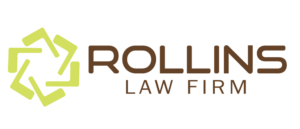
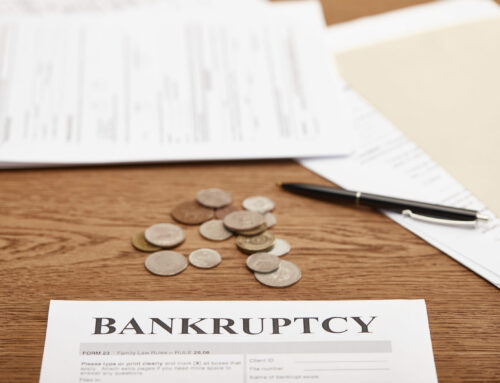
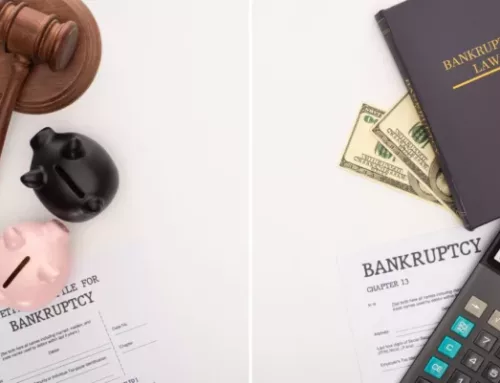
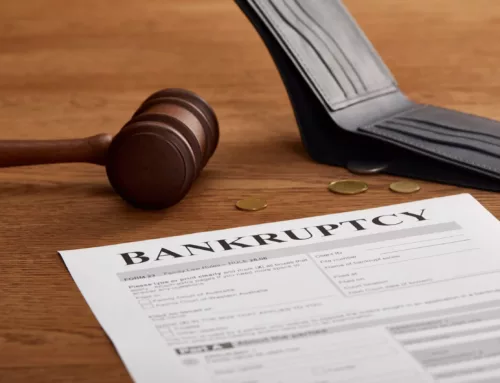
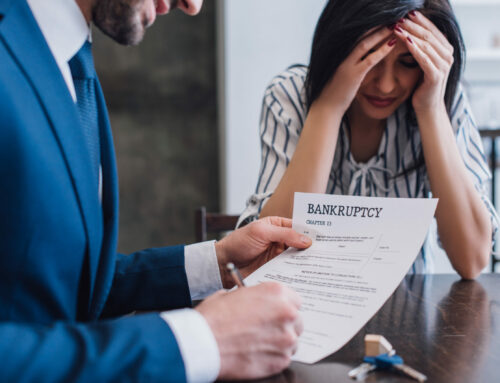
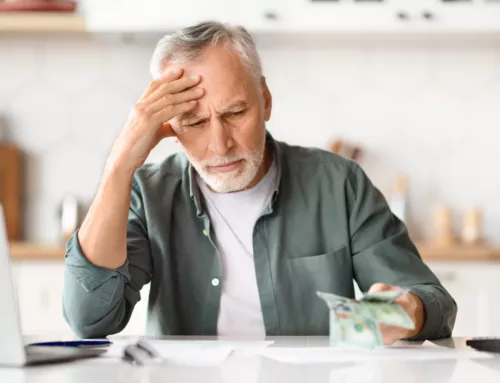
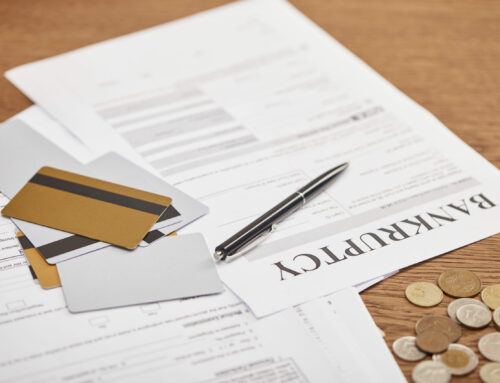
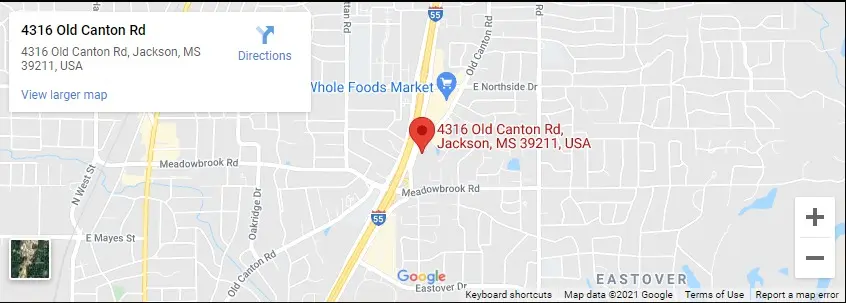
Connect with Us